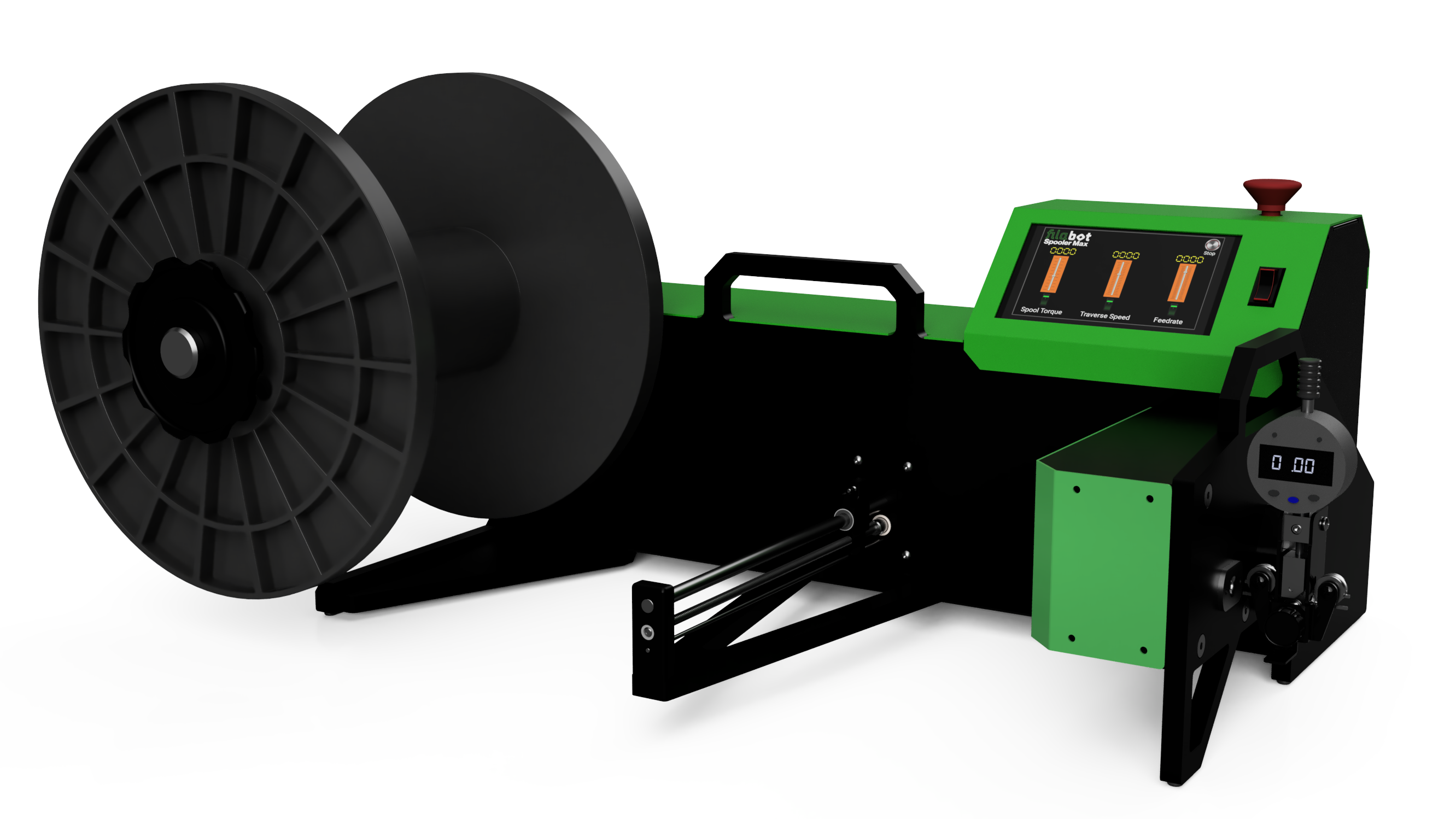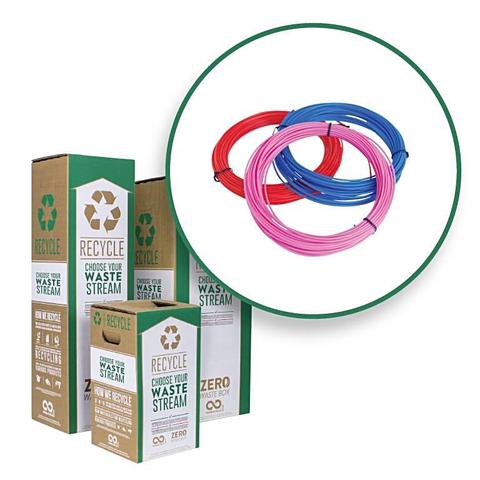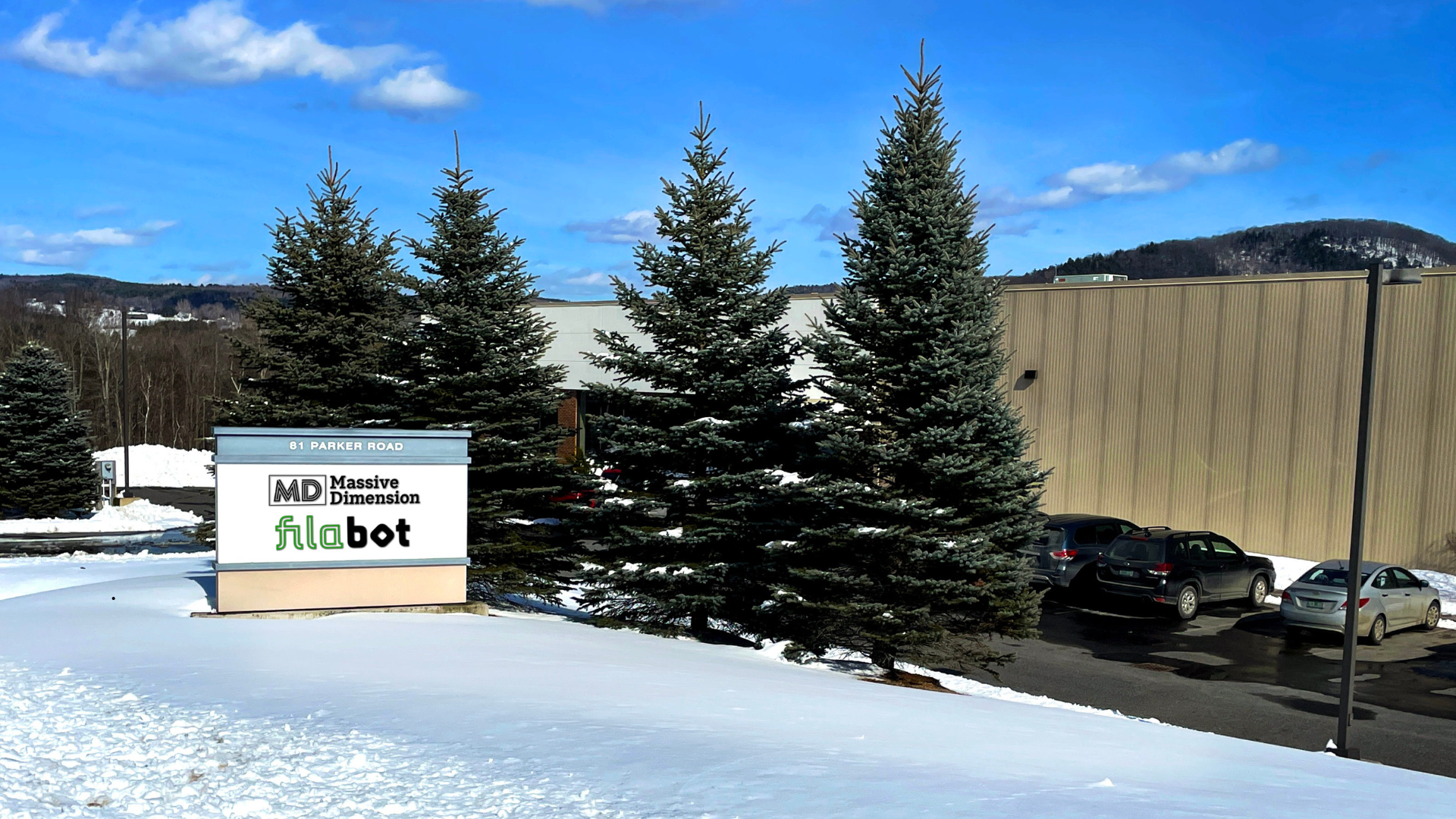3D printing is a technology that can range from individual users to industrial, mission-critical applications. Individuals can make solid, usable objects from their home, and industrial users can produce finished commercial goods or even help support their prototyping processes.
Bringing 3D Printing to Your Business

There are two main uses for 3D printing, prototyping, and production. As the quality and speed of 3D printing improve the lines between the two uses blur.
When we consider prototyping, we're thinking about form, fit, function, and speed.
- Form: 3D printing allows for almost-unlimited design aesthetics, so not only can you make the part look similar in color or in feel that part can have design aesthetics built right in. These design aesthetics can be rapidly iterated within hours.
- Fit: Being sure a part fits into a space is critical to a useful part. 3D printing allows designers to push the limits and get a fit that is exactly what is needed.
- Function: While 3D printing started out as a prototyping tool, the materials and machines are growing in capability to where 3D printed parts can be used in finished goods. Another important part of the function is what the part is made from. With 3D printing, many materials can be used to match the desired function. For plastic materials, our Filabot systems have this section covered, allowing for engineers to test a material by allowing them to 3D print with it before they go into production.
- Speed: The 3D printing process is quick compared to conventional machining. This means the multiple designs can be produced until the right solution is found.

On the other hand, with production, we're thinking about things differently. The concerns for making finished products require more detail.
- Capability: 3D printers are becoming more capable. Printing with more materials than ever, with physical properties up to par with conventionally produced parts. Parts with surface finishes that are aesthetically acceptable and useful in end-use products.
- Customization: 3D printing allows for unique sizes, customizations, and other alterations that would be too complex or lack economy for conventional manufacturing.
Using 3D printing in a business makes a lot of sense for prototyping. Businesses that want to take an idea and turn it into a working model should be 3D printing. Bringing the technology to production can have benefits as well, but should be evaluated deeper. If customization is required and the results of a 3D printed part are acceptable than it may be better to use 3D printing vs conventional methods.

How Filabot Systems Help with Prototyping and Production
At Filabot, our systems allow users to expand the grades of polymers available for either prototyping or production. Without our systems, you're stuck buying pre-made filament from bulk suppliers. The materials offered are limited and may not be the exact material that you plan to use in production. With prototyping, it is important to make sure the material selected will have the right properties. Our systems allow users to make filament from the same materials that will be used during production.
As we look toward production our system can be used to produce filament to support the material needs of 3D printing needed in production.





